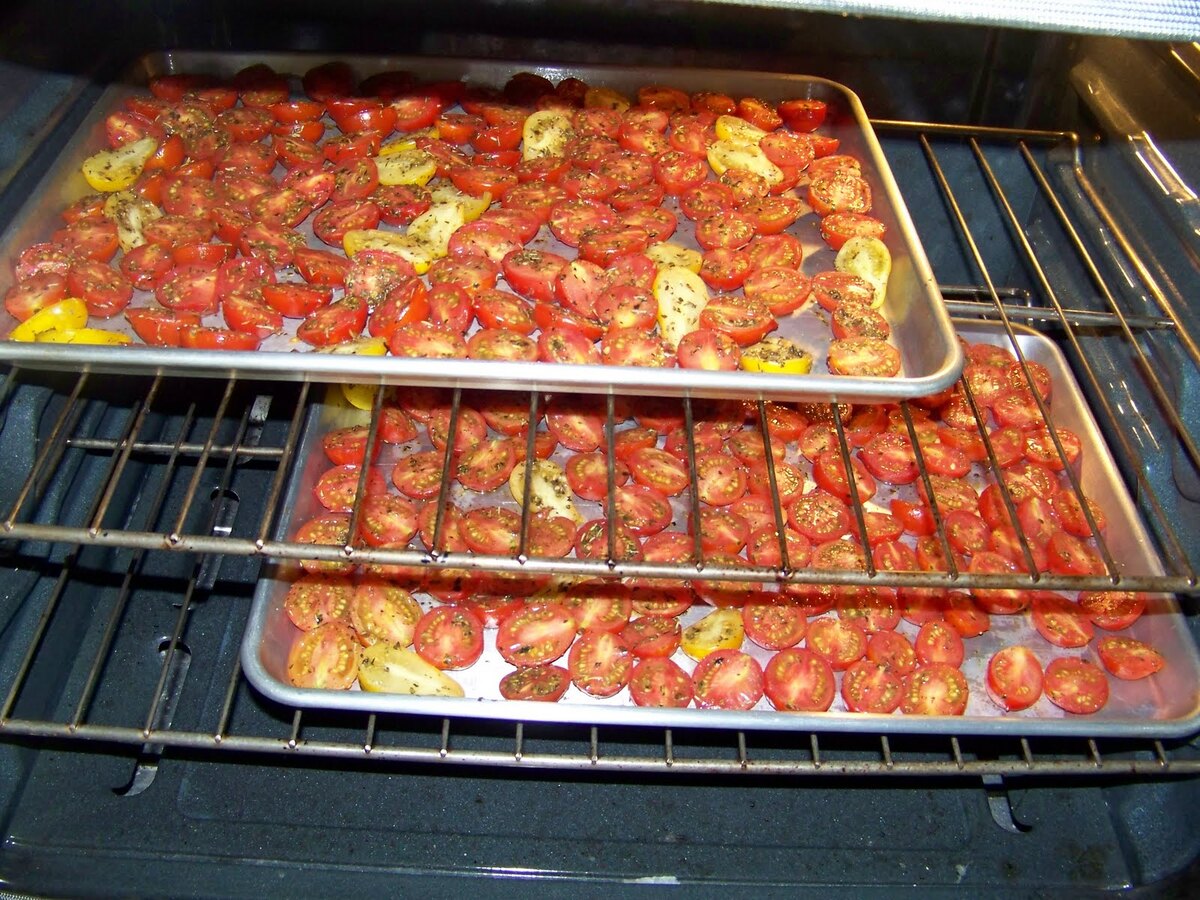

Articles
How To Store Roasted Tomatoes
Modified: December 7, 2023
Learn the best methods for storing roasted tomatoes with this informative article. Discover tips and tricks for preserving their flavor and extending their shelf life.
(Many of the links in this article redirect to a specific reviewed product. Your purchase of these products through affiliate links helps to generate commission for Storables.com, at no extra cost. Learn more)
Introduction
Welcome to our guide on how to store roasted tomatoes! If you’ve found yourself with an abundance of ripe tomatoes, roasting them is a fantastic way to preserve their flavor and extend their shelf life. Whether you’ve roasted your tomatoes for a specific recipe or simply to enjoy their rich taste, properly storing them is crucial to maintain their freshness and quality.
In this article, we will walk you through a step-by-step process of storing roasted tomatoes, ensuring that they stay delicious for an extended period. We will cover topics such as preparing the roasted tomatoes for storage, choosing the right storage containers, storing them in the refrigerator, freezing them, labeling and dating, and best practices for using stored roasted tomatoes.
So, whether you have an abundance of tomatoes from your garden or want to take advantage of a great deal at the farmer’s market, read on to learn how to store those roasted tomatoes for future use!
Key Takeaways:
- Preserve the Flavor: Roasting and storing tomatoes extends their shelf life. Proper preparation, airtight containers, and labeling ensure freshness. Enjoy their rich taste in various dishes year-round!
- Culinary Creativity: Use stored roasted tomatoes in sauces, soups, sandwiches, and more. Experiment with herbs, portion wisely, and savor the versatile burst of flavor they bring to your meals!
Read more: How To Store Roasted Potatoes
Step 1: Preparing the Roasted Tomatoes for Storage
Before you can start storing your roasted tomatoes, it’s essential to ensure that they are properly prepared. Follow these simple steps to prepare your tomatoes for storage:
- Allow the Roasted Tomatoes to Cool: Once you have finished roasting the tomatoes, remove them from the oven and let them cool completely. This will prevent condensation and moisture buildup when storing them.
- Remove the Tomato Skins (optional): While it is not necessary to remove the skins, some people prefer to do so for a smoother texture. To remove the skins, gently peel them off the roasted tomatoes using your fingers or a knife. If the skins are stubborn, you can briefly dunk the tomatoes in boiling water and then transfer them to an ice bath before peeling.
- De-seed the Tomatoes (optional): If you prefer your roasted tomatoes without seeds, you can remove them at this stage. Cut the roasted tomatoes in half and use a spoon or your fingers to scoop out the seeds and pulp. However, keep in mind that the seeds and pulp contain the tomato’s natural juices and can contribute to the flavor.
- Drain Excess Liquid: Roasting tomatoes can release some liquid, so it’s best to drain off any excess. Place the roasted tomatoes on a paper towel-lined baking sheet or colander to allow any excess moisture to drain away.
- Trim the Stems (optional): If there are any remaining stems on the roasted tomatoes, you can trim them off using a sharp knife or kitchen shears. It’s not necessary, but it can make them look more visually appealing if you plan to use them for presentation.
Once you have completed these steps, your roasted tomatoes are now ready for storage. However, keep in mind that if you prefer to leave the skins, seeds, and stems intact, it won’t affect the taste or quality of the stored tomatoes.
Now that your roasted tomatoes are prepared, let’s move on to the next step, which is choosing the right storage containers to maintain their freshness and flavor.
Step 2: Choosing the Right Storage Container
When it comes to storing roasted tomatoes, selecting the right container is essential to maintain their taste and quality. Here are some considerations to keep in mind when choosing a storage container:
- Airtight Containers: Opt for containers with airtight seals to prevent air from entering and moisture from escaping. This will help to keep your roasted tomatoes fresh and prevent them from drying out.
- Glass Jars: Glass jars are an excellent option for storing roasted tomatoes. They are non-reactive, which means they won’t interact with the tomatoes’ acidity, maintaining their flavor. Make sure to choose jars with tight-fitting lids to create a proper seal.
- Plastic Containers: If using plastic containers, make sure they are food-grade and BPA-free. Look for containers with secure lids to maintain the freshness of the roasted tomatoes.
- Freezer Bags: Freezer bags can be a convenient option if you plan to freeze your roasted tomatoes. Make sure to use high-quality freezer bags that are thick and durable to prevent any freezer burn.
- Size of Containers: Consider the size of your containers based on your storage needs. If you use smaller containers or jars, you can portion the roasted tomatoes according to your intended use, making it easier to grab just the right amount needed for a recipe.
- Labeling: Regardless of the container you choose, labeling is crucial. Use waterproof labels or markers to indicate the date of storage and any specific details such as the variety or seasoning used.
Remember, the goal is to keep your roasted tomatoes fresh and flavorful for as long as possible. Choosing the right storage container is an important step in achieving this.
With the right container selected, let’s move on to the next step, which covers storing roasted tomatoes in the refrigerator.
Step 3: Storing Roasted Tomatoes in the Refrigerator
If you plan to use your roasted tomatoes within a week or two, storing them in the refrigerator is a great option. Follow these steps to properly store roasted tomatoes in the refrigerator:
- Place the roasted tomatoes into your chosen airtight storage container. Make sure they are arranged in a single layer to prevent them from getting squished or damaged.
- Seal the container tightly to create an airtight environment. This will help to maintain the freshness and flavor of the roasted tomatoes.
- Label the container with the date of storage so you can keep track of their freshness.
- Store the container in the refrigerator at a temperature between 34°F (1°C) and 40°F (4°C). Avoid placing the roasted tomatoes in the refrigerator door, as temperature fluctuations can impact their quality.
- Refrigerate the roasted tomatoes for up to one to two weeks. However, keep in mind that the flavor and texture might start to deteriorate after the first few days.
- When ready to use, remove the desired amount of roasted tomatoes from the container, resealing the rest, and return them to the refrigerator promptly.
Storing your roasted tomatoes in the refrigerator allows you to enjoy their flavor and freshness for a short period. However, if you need to store them for an extended period, freezing is a better option, which we will cover in the next step.
Now that you know how to store roasted tomatoes in the refrigerator, let’s move on to freezing them for longer-term storage.
After roasting tomatoes, store them in an airtight container in the refrigerator for up to 5 days. You can also freeze them for longer storage, simply place them in a freezer-safe bag or container.
Step 4: Freezing Roasted Tomatoes
If you have a surplus of roasted tomatoes or want to store them for an extended period, freezing is an excellent method. Freezing preserves the flavor and texture of the roasted tomatoes for several months. Follow these steps to freeze your roasted tomatoes:
- Allow the roasted tomatoes to cool completely after roasting.
- If desired, remove the skins and seeds from the roasted tomatoes following the preparation steps mentioned earlier. This step is optional and depends on your personal preference.
- Place the roasted tomatoes into your chosen freezer-safe containers. Glass jars or plastic containers with airtight lids are ideal options. Leave some space at the top of the container to allow for expansion during freezing.
- Alternatively, you can use freezer bags to store the roasted tomatoes. Squeeze out as much air as possible from the bag before sealing it. If using freezer bags, consider portioning the tomatoes into small batches for easier usage later.
- Label the containers or bags with the date of freezing and any other relevant details, such as the variety of tomatoes or any seasonings added.
- Place the containers or bags of roasted tomatoes in the freezer, ensuring they are kept in a flat position to prevent spillage or damage.
- Store the frozen roasted tomatoes in the freezer for up to 8-12 months. While they may still be safe to eat beyond this timeframe, the quality and flavor may gradually decline.
- When you’re ready to use the frozen roasted tomatoes, remove the desired amount from the freezer and thaw them in the refrigerator overnight or use them directly in your recipe from frozen, adjusting the cooking time accordingly.
Freezing your roasted tomatoes allows you to enjoy their delicious taste even months after they were initially roasted. Now that you know how to freeze roasted tomatoes, let’s move on to the next step – proper labeling and dating.
Read more: How To Store Roasted Pecans
Step 5: Proper Labeling and Dating
Labeling and dating your stored roasted tomatoes is essential for keeping track of their freshness and ensuring that you use them at their best. Follow these guidelines for proper labeling and dating:
- Use waterproof labels or permanent markers to clearly label your storage containers or freezer bags. Include important information such as the date of storage, variety of tomatoes, and any seasonings or herbs added.
- If you have multiple batches of roasted tomatoes, consider using different labels or different color-coded markers to easily identify them.
- If you are storing the roasted tomatoes in the refrigerator, with a shelf life of up to one to two weeks, it’s still important to label and date them. This helps you keep track of their freshness and know when it’s time to use them.
- For frozen roasted tomatoes, make sure to label the containers or bags with the date of freezing. This allows you to keep track of their storage time and ensure you use the oldest ones first.
- Properly labeled and dated roasted tomatoes help minimize food waste by ensuring you are aware of when they were stored and can plan your meals accordingly.
- Remember to update the labels whenever you add or remove roasted tomatoes from the containers or bags.
By properly labeling and dating your stored roasted tomatoes, you can easily maintain order in your pantry, refrigerator, or freezer. It also helps you make informed decisions about their usage based on their freshness.
Now that we have covered proper labeling and dating, let’s move on to the final step – best practices for using stored roasted tomatoes.
Step 6: Best Practices for Using Stored Roasted Tomatoes
Now that you have successfully stored your roasted tomatoes, it’s time to make the most out of them. Here are some best practices for using your stored roasted tomatoes:
- Thawing Frozen Roasted Tomatoes: If you have frozen roasted tomatoes, allow them to thaw in the refrigerator overnight before using them. This will help preserve their texture and flavor.
- Cooking with Roasted Tomatoes: Roasted tomatoes can enhance the flavor of various dishes. They work well in sauces, soups, stews, pasta dishes, pizzas, and sandwiches, just to name a few. Experiment with different recipes and get creative with how you use your stored roasted tomatoes.
- Adding Herbs and Seasonings: If your roasted tomatoes were stored without any additional herbs or seasonings, feel free to add them during cooking to enhance the flavor. Fresh herbs like basil, oregano, thyme, or dried spices like garlic powder, onion powder, or Italian seasoning can complement the roasted tomato flavor beautifully.
- Consider Blending or Pureeing: If you prefer a smoother texture, consider blending or pureeing the roasted tomatoes before using them in your recipes. This can create a rich and thick base for soups, sauces, or spreads.
- Proper Portioning: When using roasted tomatoes from the refrigerator or freezer, take out only the amount you need for your recipe to avoid wasting them. This way, you can maintain the freshness of the remaining stored tomatoes for future use.
- Enjoy the Versatility: One of the great things about roasted tomatoes is their versatility. They can be used as a topping for bruschetta, a filling for sandwiches, a base for dips, or even enjoyed on their own as a flavorful side dish.
- Be Mindful of Expiry Dates: While properly stored roasted tomatoes can last for several weeks or months, it’s important to stay mindful of their expiry dates. Check for any signs of spoilage such as mold, off odors, or unusual texture, and discard them if they appear questionable.
By following these best practices, you can ensure that your stored roasted tomatoes retain their flavor and enhance your culinary creations. Whether you’re using them immediately or saving them for a special occasion, your roasted tomatoes can bring delicious depth to a wide variety of dishes.
Congratulations! You have now learned how to store, prepare, and use your roasted tomatoes effectively. With these tips and techniques, you can enjoy the delightful flavors of your harvested or store-bought tomatoes all year round.
Remember to always trust your senses when using stored tomatoes, and don’t be afraid to get creative in the kitchen. Enjoy!
Disclaimer: The information in this article is for informational purposes only and is not a substitute for professional advice. Always follow proper food safety guidelines and consult a professional if you have any concerns.
Conclusion
Congratulations! You are now well-equipped with the knowledge and steps to store your roasted tomatoes effectively. By properly preparing, choosing the right storage containers, and implementing the appropriate methods, you can extend the shelf life of your roasted tomatoes and enjoy their rich flavors for an extended period.
Remember, the key steps include preparing the roasted tomatoes by allowing them to cool, removing skins and seeds if desired, and draining excess moisture. Choosing the right storage container, whether it be airtight glass jars, plastic containers, or freezer bags, is crucial to maintain freshness and taste. Proper labeling and dating ensure that you can easily identify and keep track of your stored roasted tomatoes.
Depending on your needs and timeframe, you can store roasted tomatoes in the refrigerator for short-term use of up to a week or two, or freeze them for longer-term storage of up to eight to twelve months. However, always practice proper food safety guidelines and ensure the quality of your stored tomatoes by checking for any signs of spoilage.
When it’s time to use your stored roasted tomatoes, consider the best practices of thawing frozen tomatoes, adding herbs and seasonings, and using them in various dishes to enhance the flavor. From sauces and soups to sandwiches and spreads, roasted tomatoes can elevate your culinary creations with their unique taste and versatility.
Lastly, remember to enjoy the process of harvesting, roasting, and storing tomatoes. Whether you’re utilizing your own garden harvest or taking advantage of the vibrant tomatoes available at the local market, preserving their flavors will bring a taste of summer to your meals throughout the year.
So, get ready to savor the deliciousness of your roasted tomatoes even when they’re no longer in season. Store them with care, use them creatively, and enjoy the burst of flavor they bring to your dishes. Happy cooking!
Frequently Asked Questions about How To Store Roasted Tomatoes
Was this page helpful?
At Storables.com, we guarantee accurate and reliable information. Our content, validated by Expert Board Contributors, is crafted following stringent Editorial Policies. We're committed to providing you with well-researched, expert-backed insights for all your informational needs.


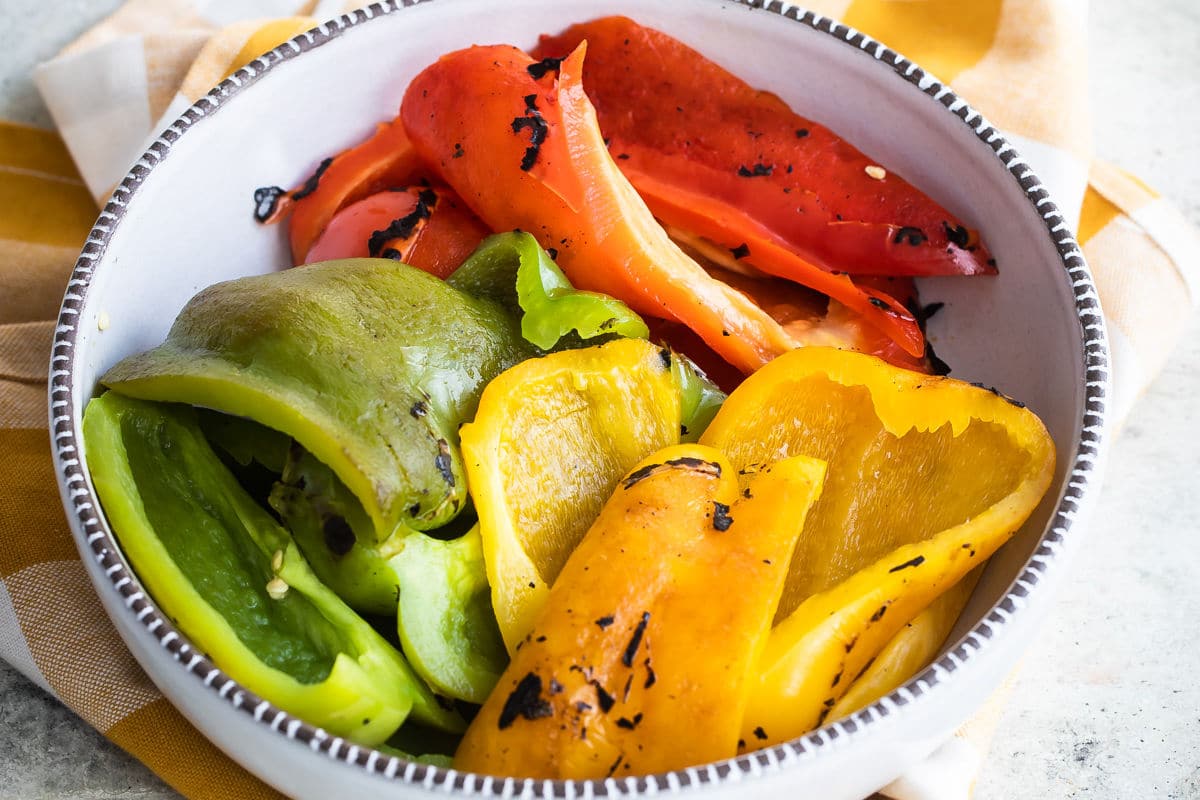


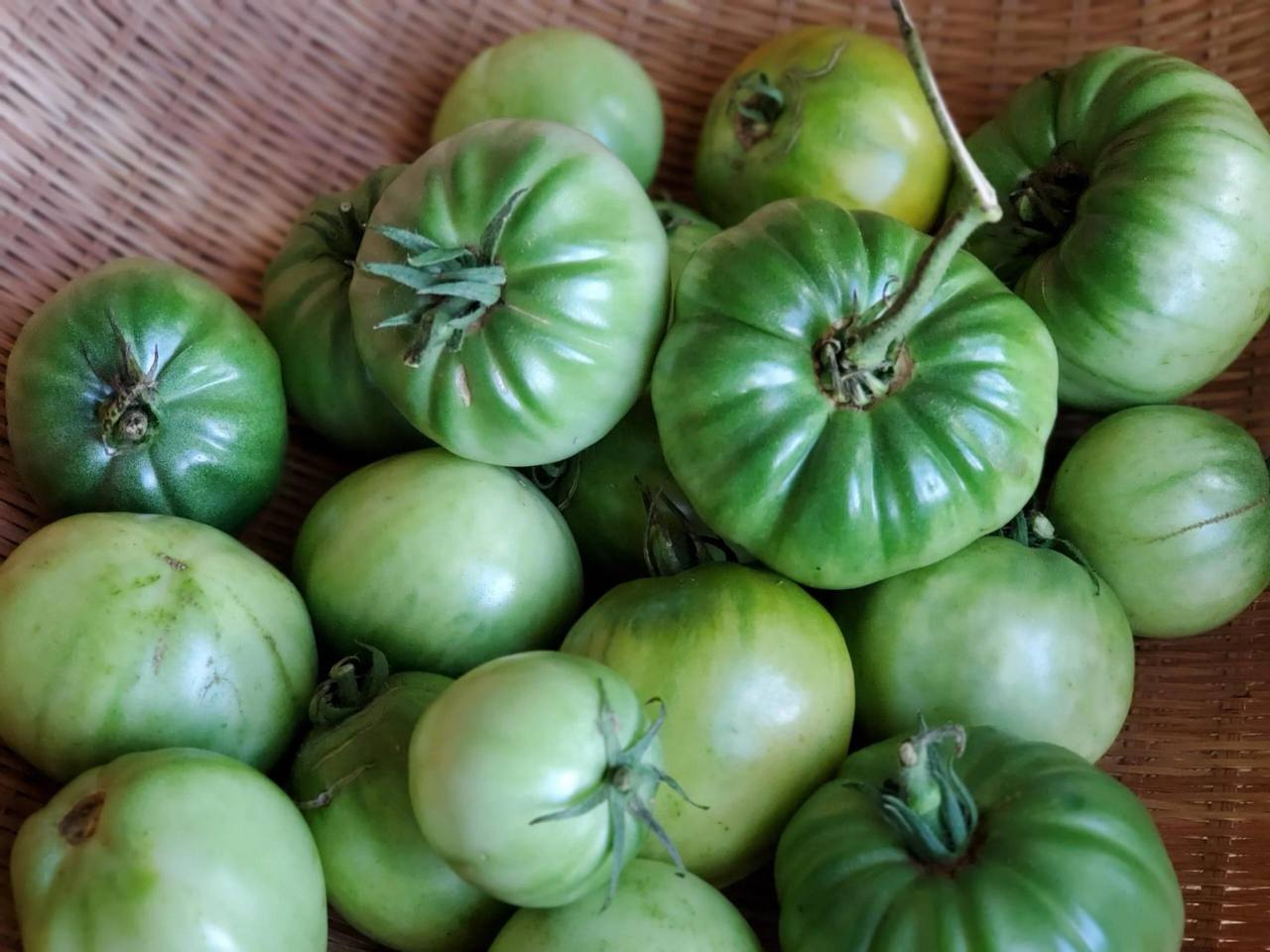

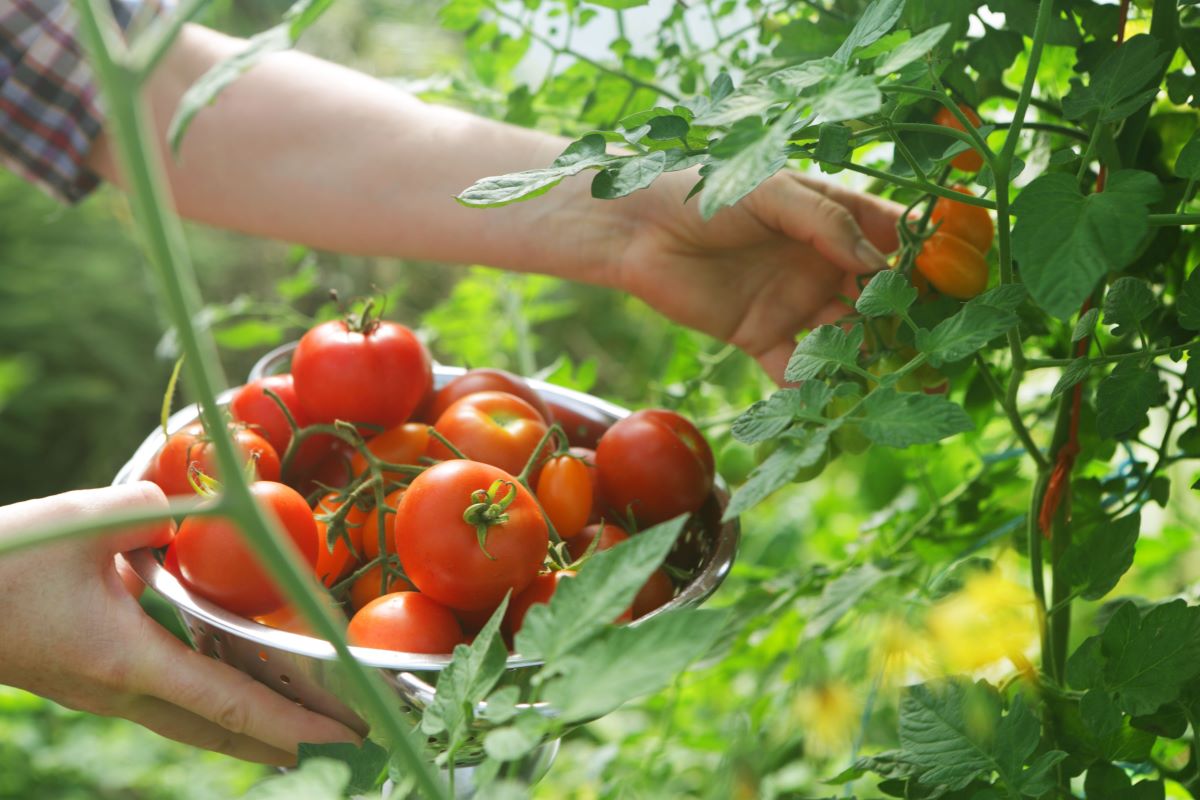
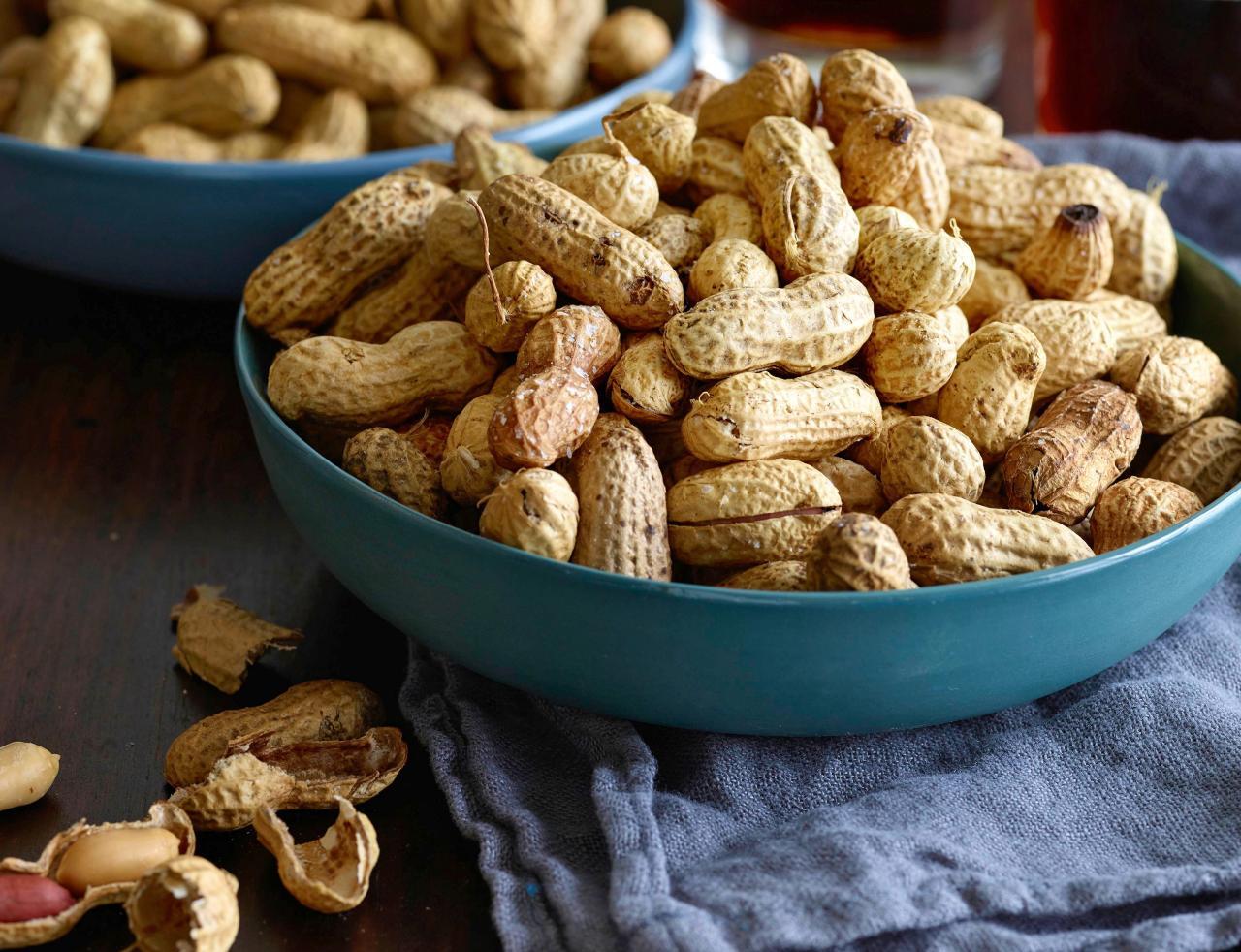
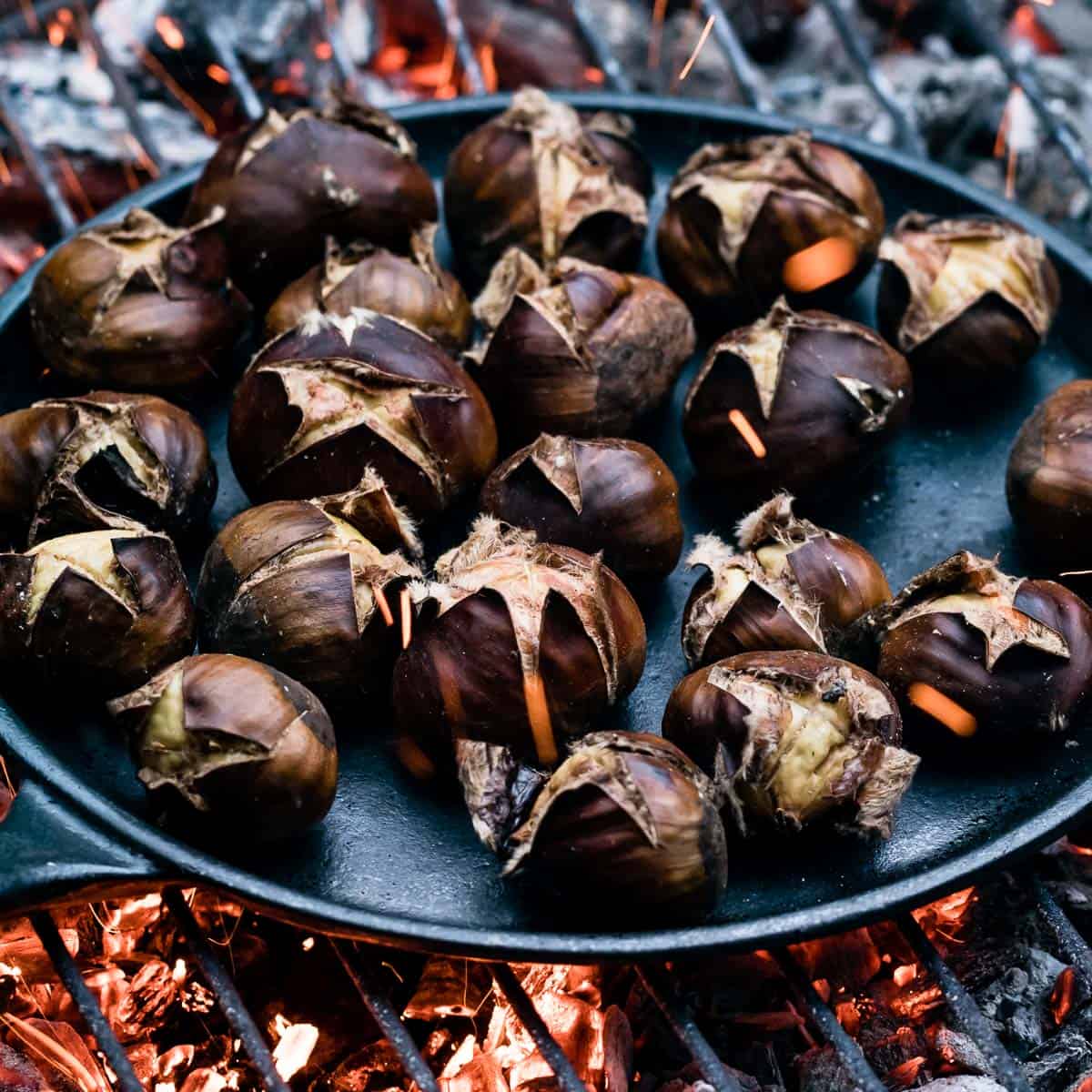
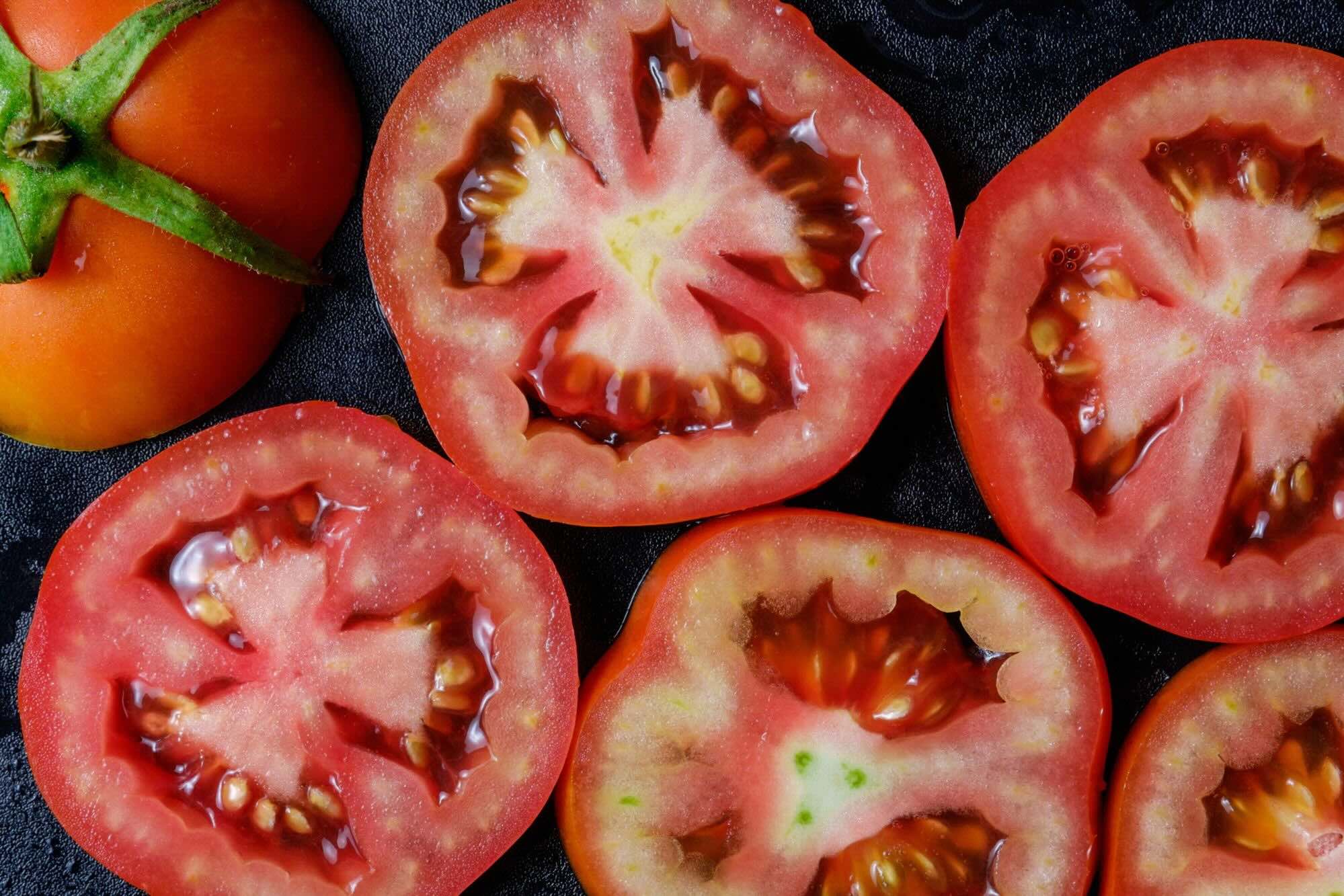
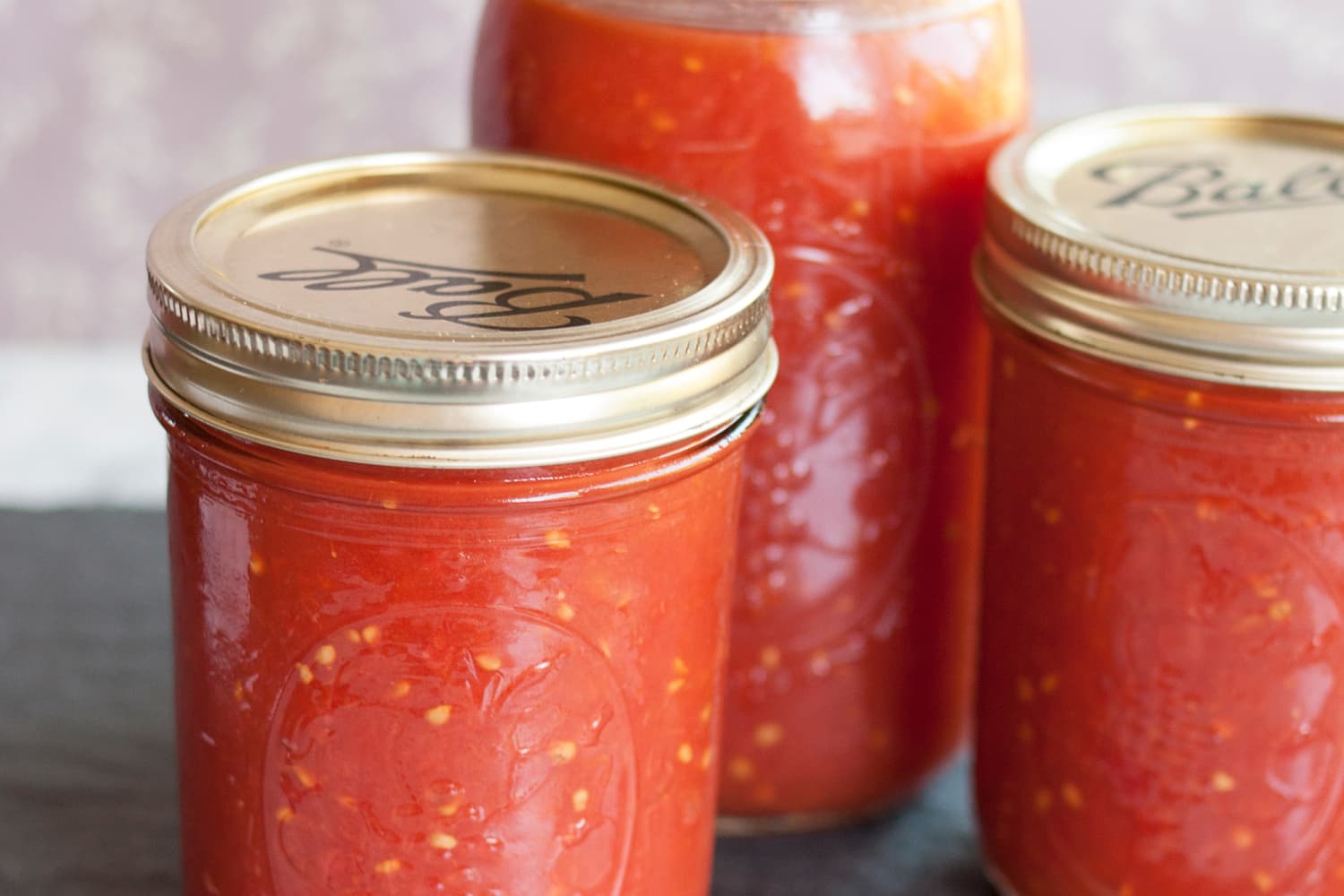
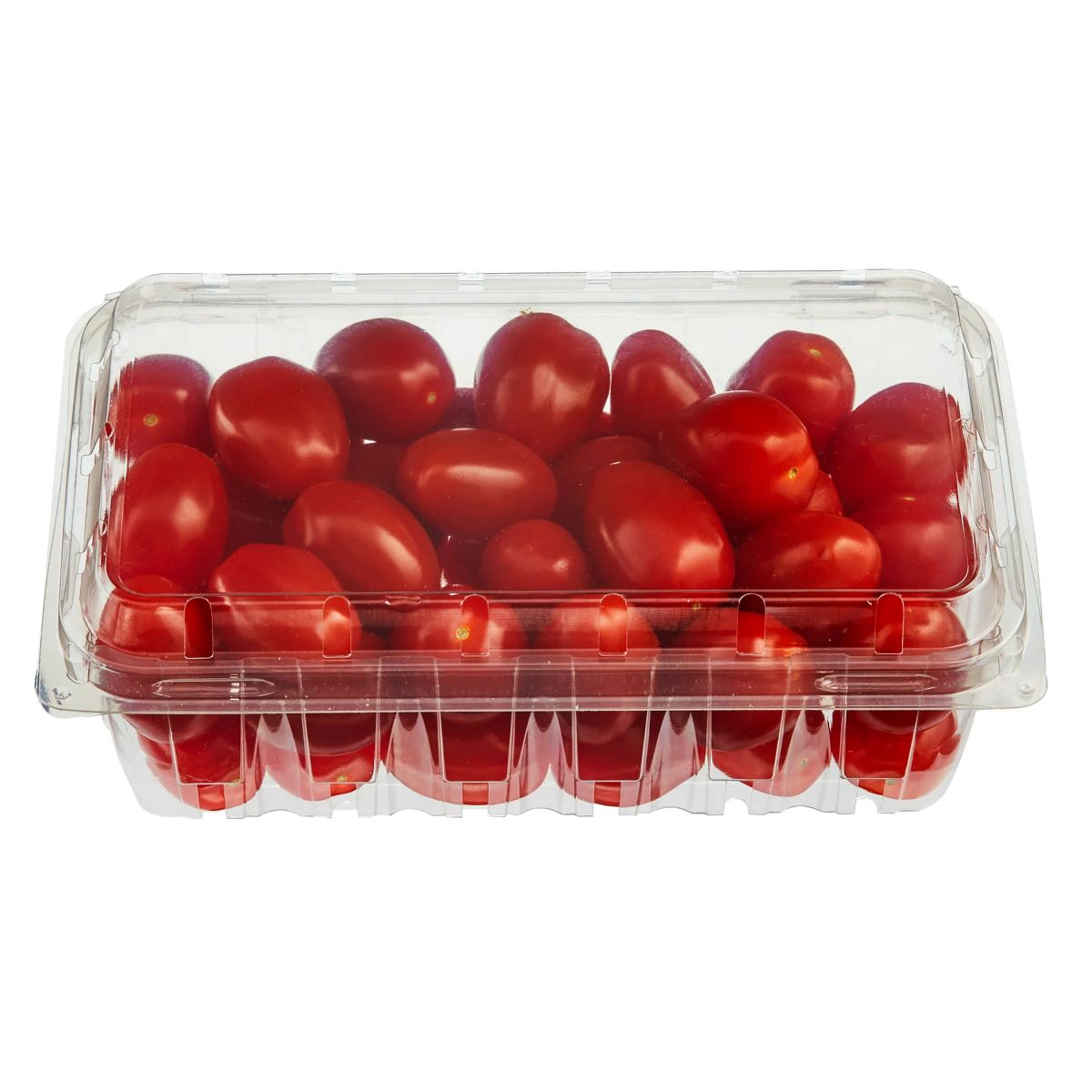
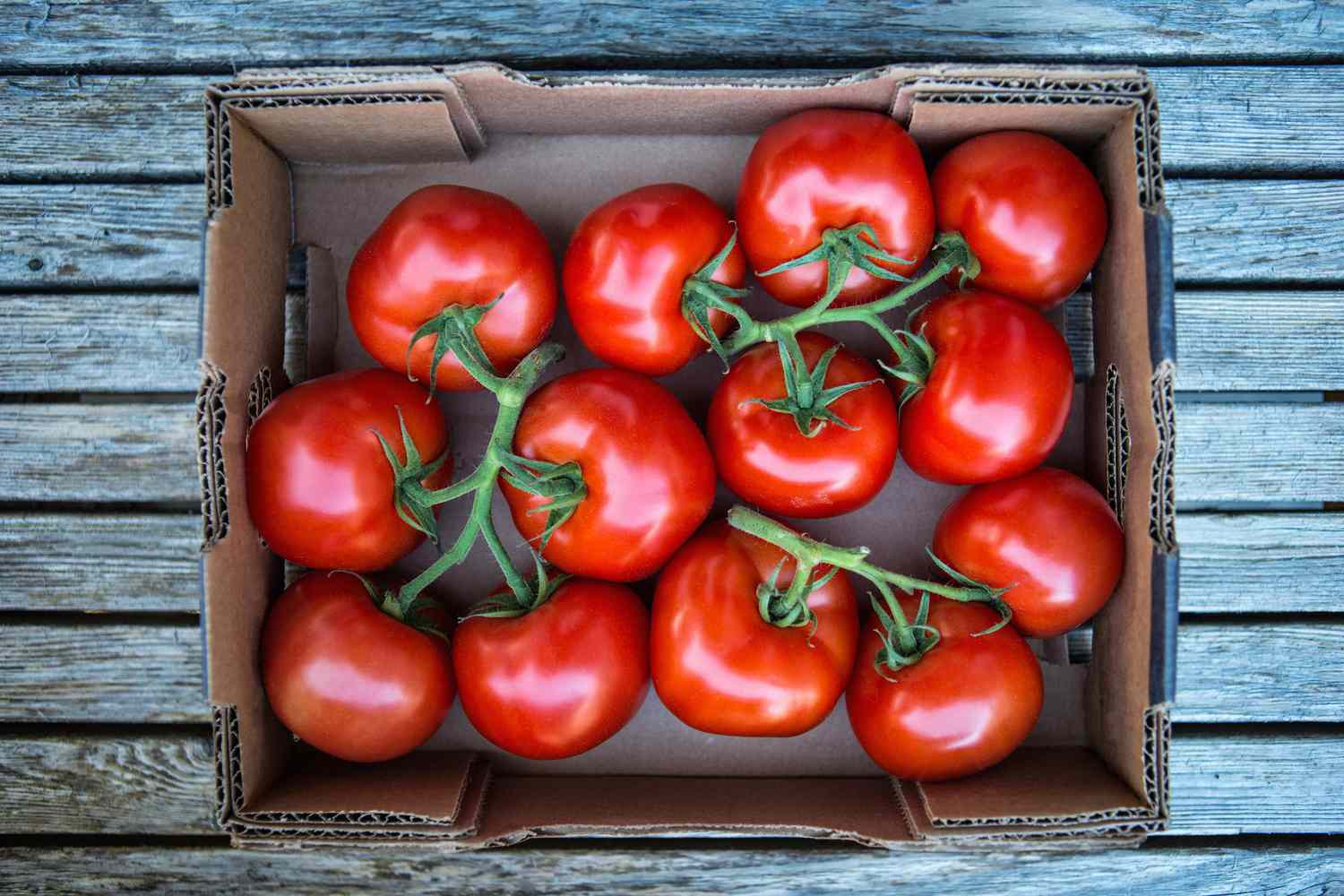

0 thoughts on “How To Store Roasted Tomatoes”